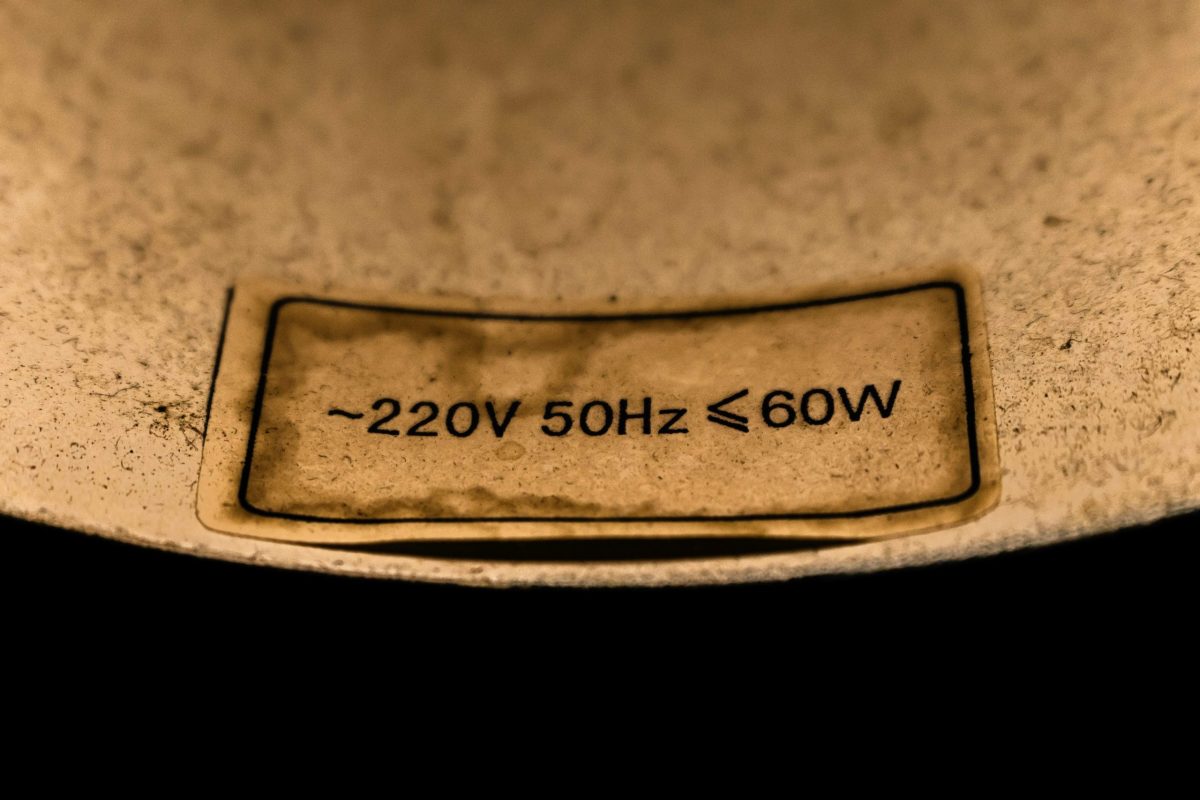Voltage, the importance of which we often don’t notice in everyday life but is essential for running all our electric devices and appliances, is one of the fundamental characteristics of electricity. However, it is important for travelers to understand voltage, especially when they encounter various electrical systems worldwide.
In this guide, we will examine the basics of voltage. Following this, we will understand the difference between high and low voltage, which is essential, especially among those traveling. Understanding this is significant as it helps travelers safely manage power devices in various electric settings. This article will tackle learning voltage concepts and their practical usage. Understanding this will allow travelers to enjoy their journey with a piece of extra knowledge in their pockets.
What is Voltage?
A volt is a potential difference across a conductor when a current that flows with the rate of one ampere (Amp) dissipates one watt of power. Such a description can hardly be of any serious interest to those who are not engineers. With that in mind, let us analyze the matter further and determine how it works.
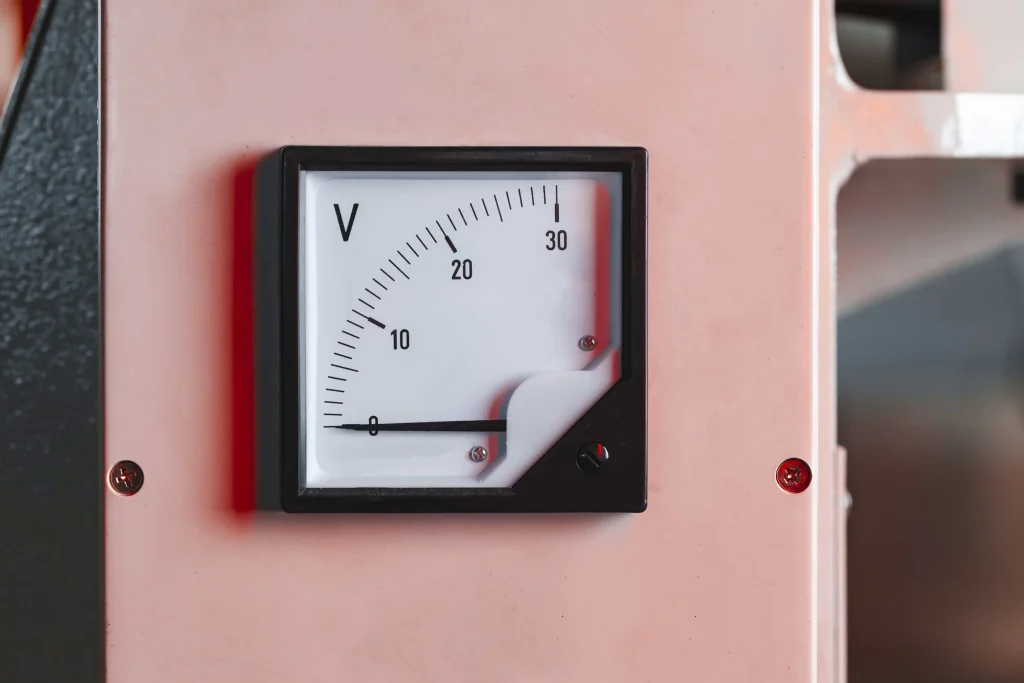
A term known as voltage is used to describe power pressure. It pushes electric charge from one unit to another that is conducting. Consequently, the electricity passes through the circuit loop and supplies something such as electricity to a gadget. It can be regarded as analogous to pressure in a water pipe.
To put it simply, voltage is electrical pressure measured in volts.
Thus, a volt (V) is nothing more than a unit of measure that shows the magnitude of the voltage.
A voltage is generated by an over-concentration of electrons in one place than another. The same principles exist, e.g., in cloud formation which takes place before lightning bolts strike and in the body before electric discharges as static sparks. What is actually going on here is that the electrical pressure builds up and across the clouds or your body until the voltage gets high enough that your molecules can jump to the point that has a lower voltage.
What is the Difference Between High and Low Voltage?
To determine which form of electricity is the most appropriate, it is essential to differentiate high and low voltage. High voltage generally applies to those who want to supply large amounts of watts, but if such a device can only consume little watts, low voltage is perhaps the best option. The following will highlight the main difference between these two.
High Voltage – HV
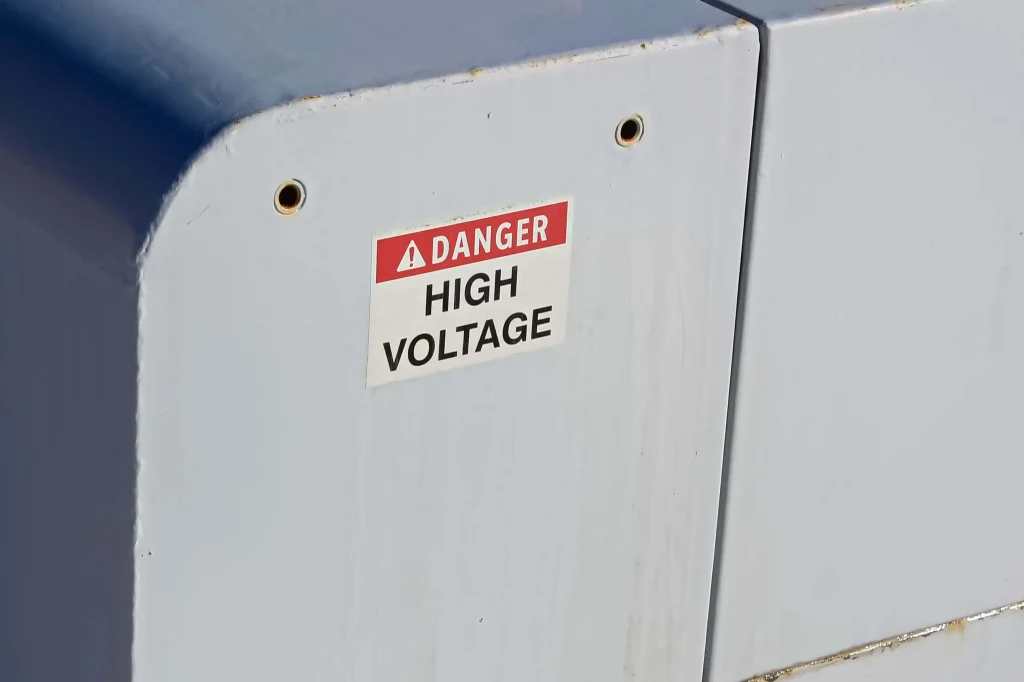
High voltage or HV is a type of electricity with higher potential and consumes energy, unlike low voltage electricity. This voltage type is used for bigger purposes, such as powering factories or traffic lights. The drawback is that the misuse of it can be especially dangerous.
That’s why it is highly important to have proper security when doing a job with a high electricity voltage. This voltage is also more inclusive when compared to the production of the low voltage.
Low voltages
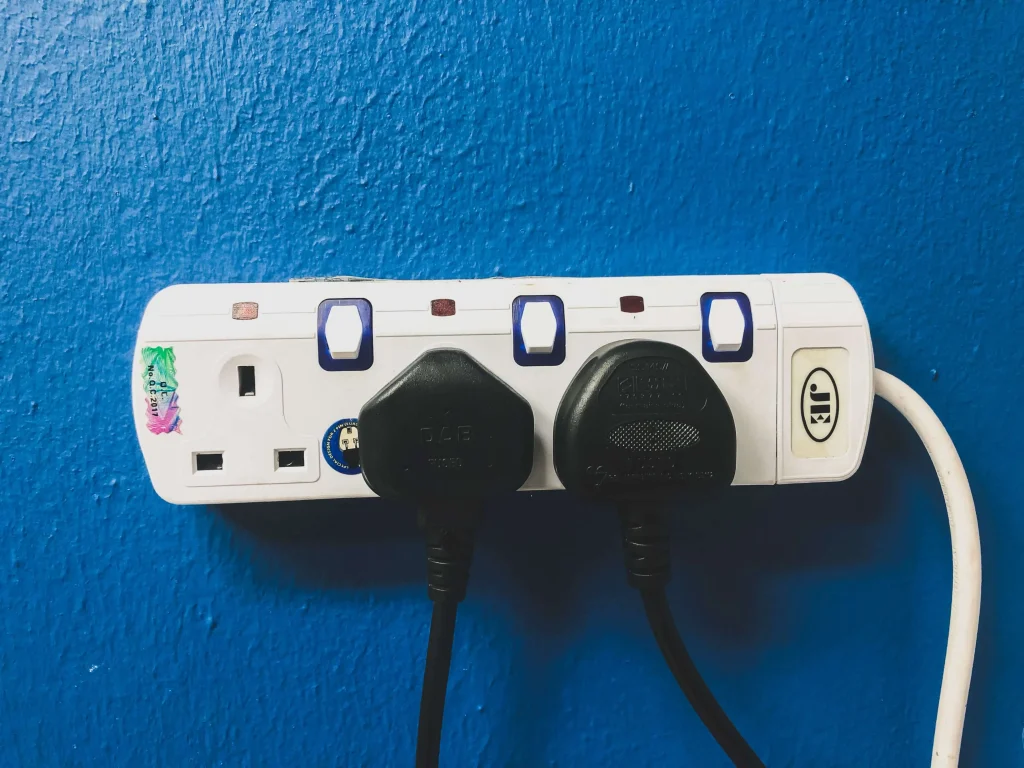
On the other hand, low voltage, as the word suggests, is a form of electricity that does not produce a high amount of potential energy compared to high voltage.
It is normally used to operate smaller equipment, such as mobile phones or household devices. The advantage of low voltage is that it is less risky to operate it than high voltage. But, this type of power can’t power large things like high voltage.
Voltages Divided into Classifications
In order to travel with your electronics (and hair equipment), two things should be considered: it should be dual voltage, and also a travel adapter can be used so the plug fits in the sockets of another country. Either way, a voltage converter could also work well to have a power supply. If you already have one, we’ll discuss it more later.
What is dual voltage?
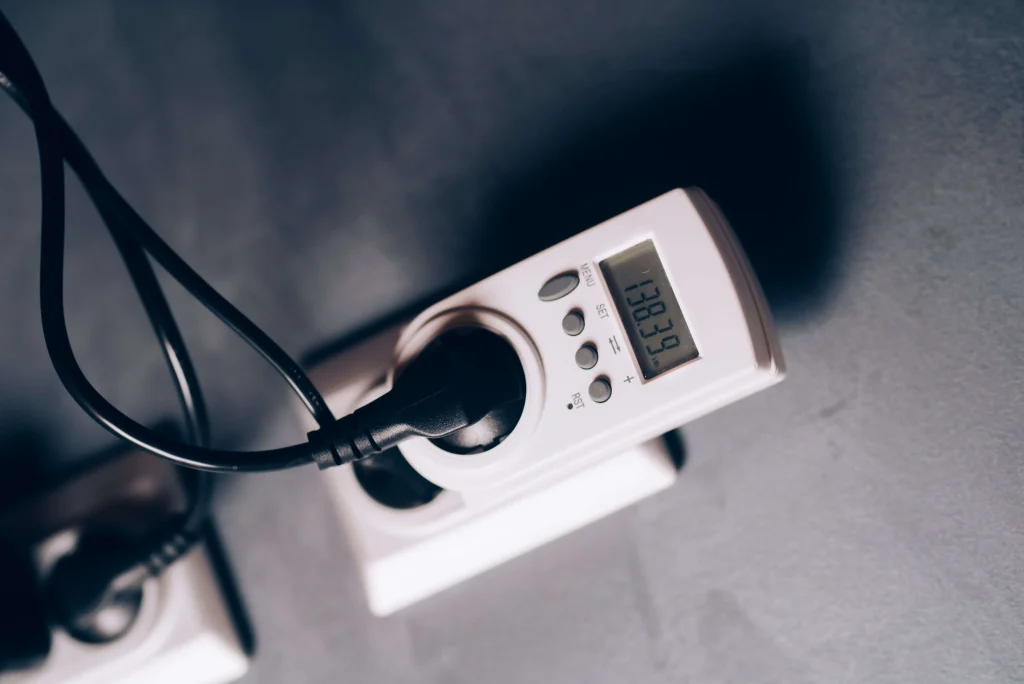
Other electronic gadgets are designed in such a way that they can be used in various countries. This means they’ll be labeled as ‘dual-voltage.’ Dual voltage electronics have two options: 110-120V and 220-240V. They are perfect for traveling as they are certified to be safe to use at home and abroad.
Some devices, including the latest Macbooks and iPhones, have the Dual-Voltage feature that is capable of automatically adjusting their voltage at their destination. This exemplifies convenience; however, changes in voltage are required manually by moving an external switch in some products like hair tools.
It is preferable you leave your device without dual voltage at home. Nevertheless, most recent devices like phones and laptops probably have dual voltage systems installed.
How do travel adapters work?
A travel adapter (also known as a travel plug converter) allows you to plug your appliances into a wall socket with an outlet activated in a different manner from the one you are used to in your home country. Some nations do not use the same sort of plug, so the best option would be to purchase a universal adapter.
The US employs a plug with two vertically aimed electric prongs, whereas the UK uses a plug with a topped vertical prong and two horizontal prongs at the bottom. You need a travel adapter to match your plug with the socket of another country.
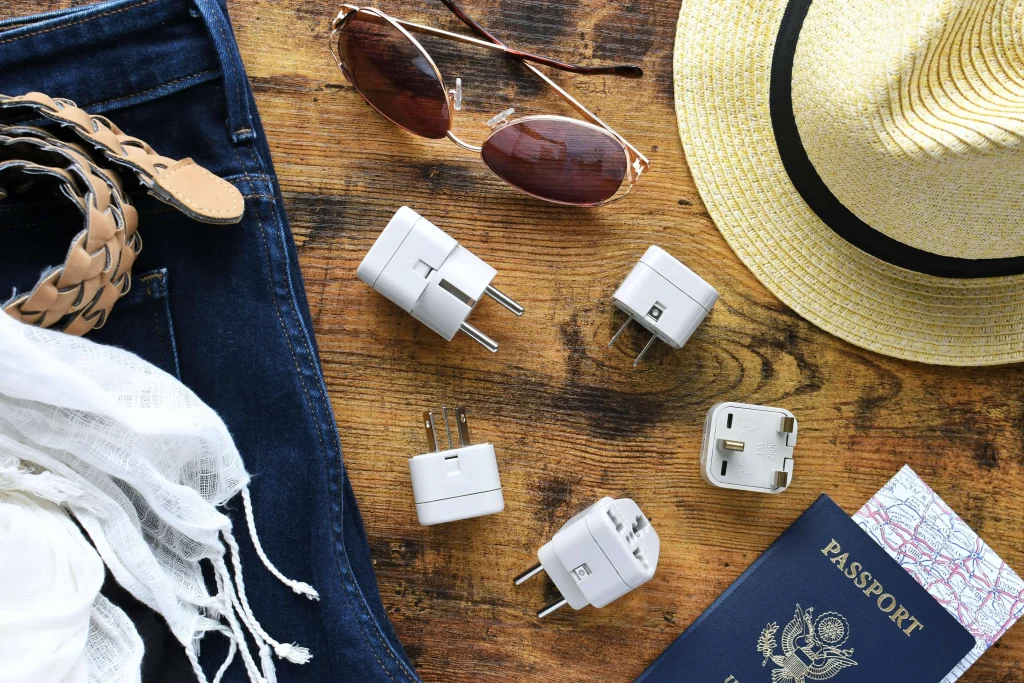
You can either buy separate travel adapters for the countries you plan to visit or simply opt for the international travel adapters, which will work in most parts of the world.
It is also worth mentioning that most travelers mix the words “travel adapter” and “travel converter.” Both terms may have similarities, but they are not the same.
A travel power adapter or European converter adapter helps to fit the plug into the wall socket, while travel converters make a 120V to 220V or vice versa electrical current. An international converter is needed only when you travel with a device that cannot be used in dual voltage mode.
How do converters work?
Therefore, what do we mean by a voltage converter? Well, if it is not the same thing as a travel adapter, what is it?
Using an international power converter (called a transformer, a voltage adapter, or an international voltage converter) is flexible for your non-dual voltage electronics appliances. Unfortunately, voltage converters are bulky and difficult to carry around, making them less convenient for traveling. If your gadget is not a dual voltage one, it needs a converter. That is why it is better to leave it at home, especially if it is a hair tool.
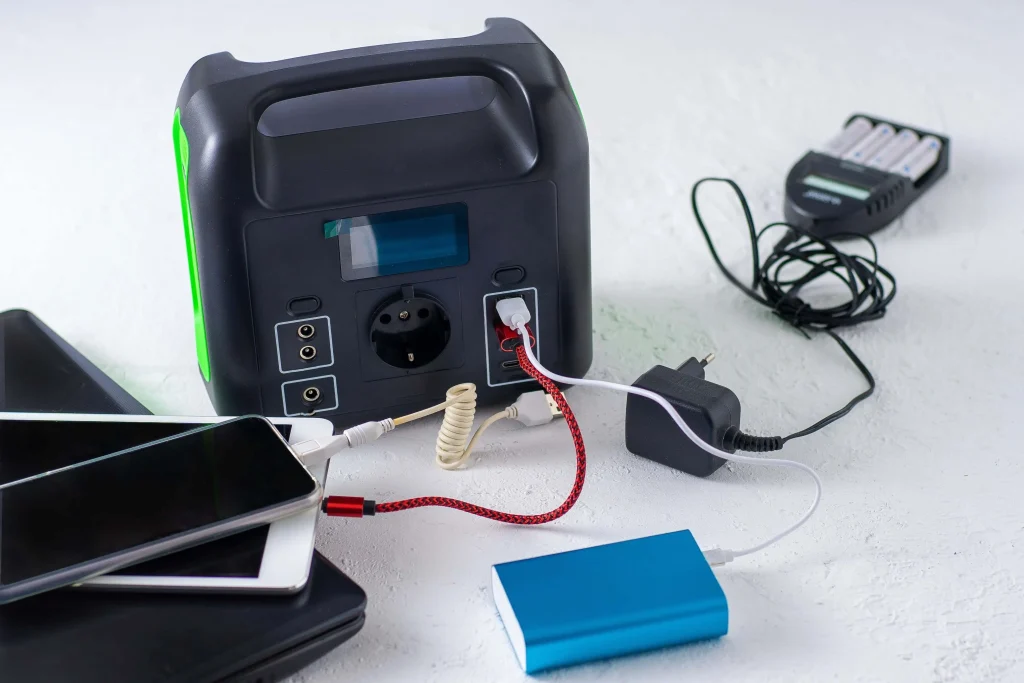
Since blow dryers and flat irons consume a huge amount of power, choose multipurpose products with dual voltage options. Note that the fact that your hair care tool has a dual voltage setting does not necessarily mean it will be as effective abroad as at home.
Can I use my laptop or tablet abroad?
Make sure to check the voltage on your item. If it says that it is 110-120V and you’re from a country with a different voltage, then you’ll need an outlet converter to use it (and vice versa), and it’s often a large heavy device to carry. If the item indicates 100-240V, then you are good to go.
Most laptops use this power source, so you don’t need to worry about finding an adapter in most countries. It is always wise to double-check the power supply or, better still, search online in order to read the specific details of your device. If you are still not confident enough, evaluate again the difference between the converter and the adapter.
Why measuring voltage is useful
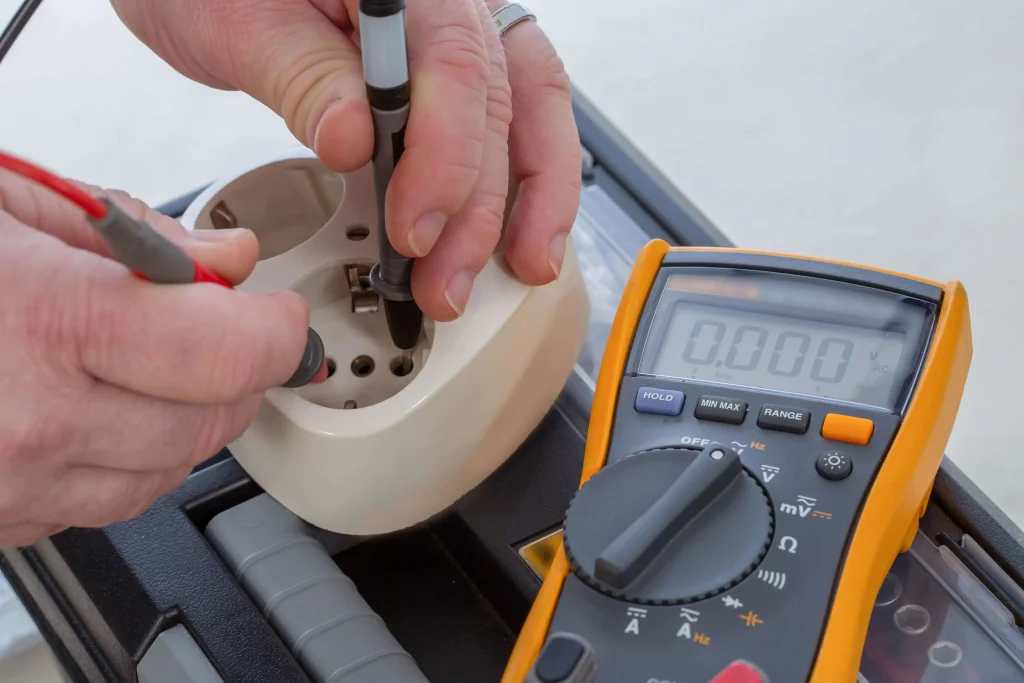
It should be noted that even though voltage is the essential source of power for our devices, safe measurements should be employed when dealing with both low and high voltages. Risks of electric shock or even death can be associated with high voltage, whereas low voltage can lead to over-discharge by batteries and subsequent cascading consequences.
This awareness will enable travelers to adopt suitable measures that will facilitate the safe and effective operation of devices by clearly understanding the battery voltage-related hazards and limitations. Looking at the safety aspects of high and low voltage in detail is highly advisable.
Takeaway
It is very important for travelers to understand voltages since this becomes crucial when they face many different electrical systems all over the world. By understanding the fundamentals of voltage, travelers can navigate in a safe manner through the different electrical environments.
Whether it is choosing dual-voltage electronics, using travel adapters, or in situations where voltage converters are needed, the key is to have sufficient knowledge of them to avoid any unwanted hurdles. Remember that safety should always be the priority when dealing with high and low voltages, and that’s why it is vital to take the necessary steps to protect yourself and your devices.
Having a solid idea of what to do, whether its moving to a new condo in Las Piñas, travelling, or just getting familiar with electrical currents, homeowners and travelers have one less thing to worry about with electric issues they could possibly encounter


